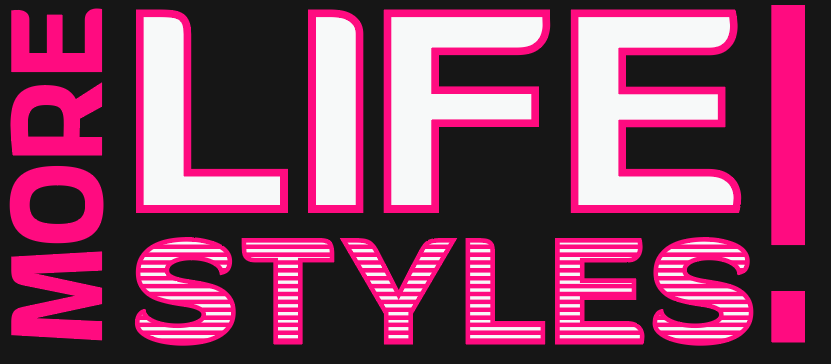Are you thinking of selling your car but have no idea how much you should ask for it? Or are you planning to buy a used car and want to make sure you’re getting a fair deal? The answer to both questions lies in the “blue book price” of your car. But what exactly is it, and how is it calculated?
First, let’s start with the basics. The “blue book price” of a car is the value assigned to it by a reputable pricing guide, such as Kelley Blue Book or NADA Guides. These guides collect data from various sources, including auctions, dealerships, and private sales, to determine the fair market value of a car based on its make, model, year, mileage, condition, and other factors.
So, how can you find out the blue book price of your car? Fortunately, it’s easier than you might think. You can simply go to the website of Kelley Blue Book or NADA Guides and enter the relevant information about your car, such as its make, model, year, and mileage. The website will then provide you with a range of values based on different conditions, such as “excellent,” “good,” “fair,” and “poor.”
But here’s the thing: the blue book price is not the same as the actual selling price of your car. It’s merely a guide to help you determine a fair asking price. The actual selling price can vary depending on various factors, such as the local market demand, the timing of the sale, the negotiation skills of the buyer and seller, and any unique features or defects of the car.
For example, if you’re selling a convertible in the middle of winter, you might have a hard time finding a buyer even if your asking price is in line with the blue book value. On the other hand, if you’re selling a rare vintage car that collectors are willing to pay a premium for, you might be able to sell it for much more than the blue book value.
So, while the blue book price is a useful starting point, it’s important to do your own research and consider other factors when setting the selling price of your car. You can browse online marketplaces, such as Craigslist or eBay Motors, to see how much similar cars are selling for in your area. You can also take your car to a dealership or a car-buying service, such as CarMax, to get an appraisal and an offer.
Keep in mind that the condition of your car can also affect its selling price. If your car has been well-maintained and is in excellent condition, you might be able to ask for a higher price than the blue book value. Conversely, if your car has been in an accident or has significant mechanical issues, you might have to lower your asking price below the blue book value to attract buyers.
In conclusion, the blue book price of your car is a valuable tool to help you determine a fair asking price, but it’s not the only factor to consider. You should also do your own research and take into account other factors that can affect the selling price of your car. And remember, ultimately, the selling price of your car is determined by what someone is willing to pay for it. So, be flexible, be patient, and be prepared to negotiate.
